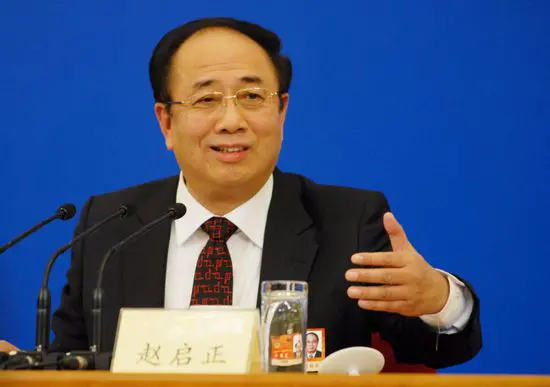While the weakening of the Philippine peso, the local currency, is a negative economic indicator, it also has beneficial effects on the Philippine economy, according to economic analysts here.
"My estimate is that about 75 percent of the economy will benefit from a weaker peso," economist Victor Abola of the University of Asia and the Pacific told the local media on Monday.
On Monday's trading, the peso reached a low of 46.845 pesos to 1 U.S. dollar after opening at 46.70 pesos to 1 U.S. dollar. This was the weakest exchange rate of the Philippine peso in five years.
Along with the depreciation of the peso, the Philippine Stock Exchange index (PSEi) also fell 487.97 points on Monday -- the biggest decline in a single day in absolute terms -- to close at 6, 791.01. This reversed the PSEi's remaining gains, resulting in a year-to-date loss of 6 percent.
In a press briefing, PSE president Hans Sicat said this heightened volatility started with the fall of the Chinese yuan two weeks ago alongside the slump in commodity prices, particularly base commodities and oil.
In terms of percentage decline, the local stock market had seen worst single-day drops in previous years. The PSEi saw a similar pace of decline -- 442.57 points, or 6.75 percent -- on June 13, 2013, during the first episode of the "taper tantrum" when the U.S. Federal Reserve first hinted at the tapering of its aggressive monetary stimulus.
On the peso's depreciation, Abola said that a weak Philippine peso would benefit two sectors of the economy: the overseas Filipino workers (OFWs) and exporters of Philippine products who earn foreign exchange since this will greatly boost the peso equivalent of their foreign exchange earnings.
For the whole of 2014, remittances from OFWs rose by 5.8 percent to a record 24.31 billion U.S. dollars.
There are about 12 million OFWs, mostly working in Middle East and Gulf countries, making the Philippines one of the world's top labor exporters.
Remittances from OFWs reached the equivalent of 8.5 percent of gross domestic product (GDP) in 2014. These cash transfers are seen as a strong driver for consumer spending that makes up two- thirds of domestic output.
It also forms the biggest component of the economy's current- account surplus, or a summary of all recurring forms of foreign exchange income for the country. This surplus ensures the steady supply of dollars in the economy to cover the money needed to pay for imports.
Local firms that compete with multinationals would also be able to better compete with a weaker currency.
"When the peso becomes more competitive, it also boosts the performance of local non-exporting companies because it eases competition from imported alternatives," Bank of the Philippine Islands economist Emilio Neri Jr. was quoted as saying Monday.
As the cost of imported goods goes up, local products become more affordable to Filipino consumers. "The stronger the peso, the more we flood the local market with imported products that would have otherwise generated profit and jobs to a lot of Filipinos," Neri said.
Exporters also welcomed the weakening of the Philippine peso, noting this will benefit specifically job-generating industries with rising market demand, thus making the economy more competitive.
Sergio Ortiz-Luis, president of Philippine Exporters Confederation Inc. said that with the depreciation of the peso, the Philippines can catch up with their peers in the region and help the Philippines become more competitive with its export- oriented neighbors.
Ortiz-Luis pointed out that 11 "champion industries" identified in the Philippine Export Development Plan (PEDP) 2014-2016 are expected to benefit from currency depreciation.
In a statement, Governor Amando Tetangco of the Bangko Sentral ng Pilipinas (BSP), the country's central bank, said the BSP would "carefully provide liquidity in the market should the exchange rate volatilities become excessive."
Tetangco, however, added that at present, there is no need for any aggressive intervention.
The BSP maintains a flexible policy for the peso but reserves the right to intervene occasionally to keep spikes in check.
 简体中文
简体中文

